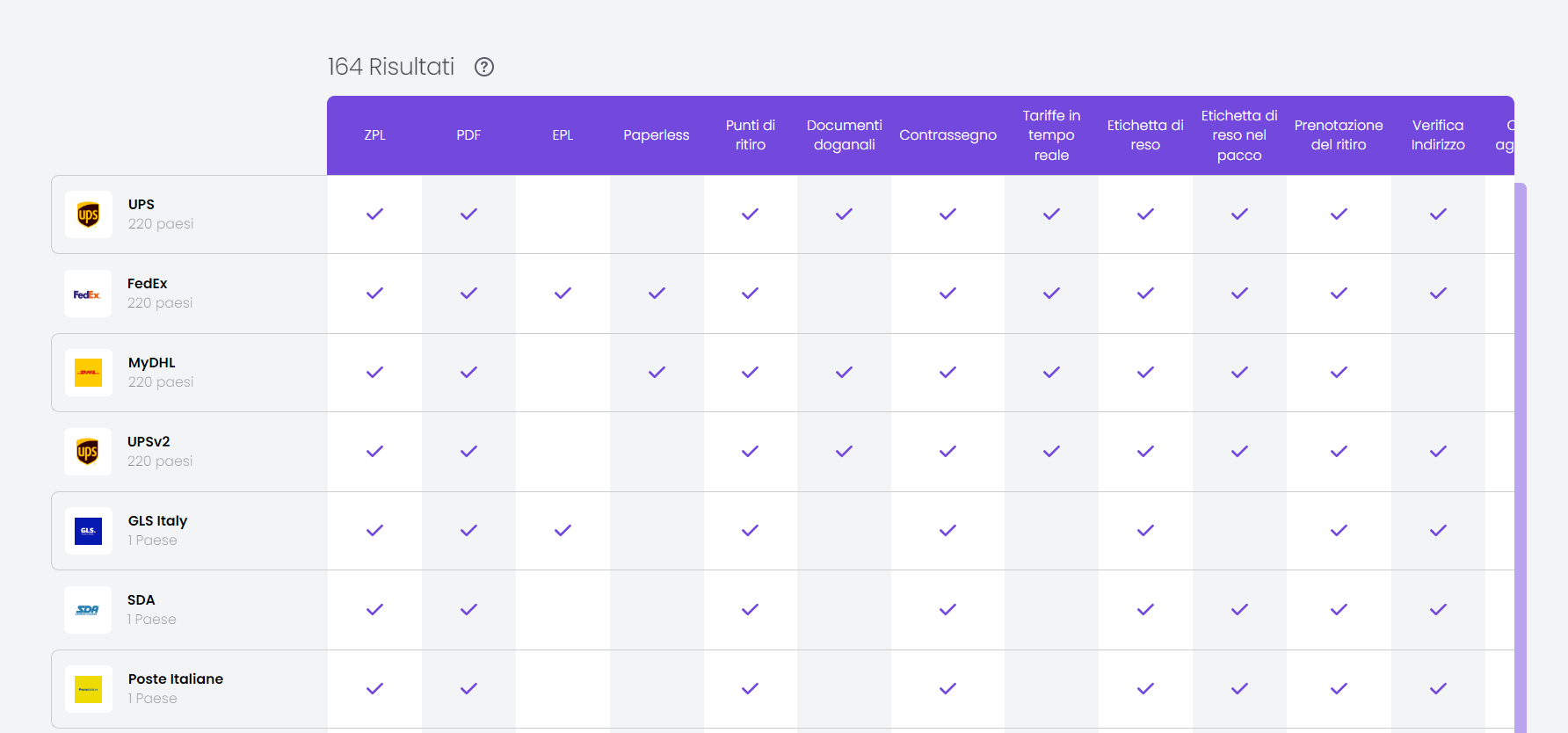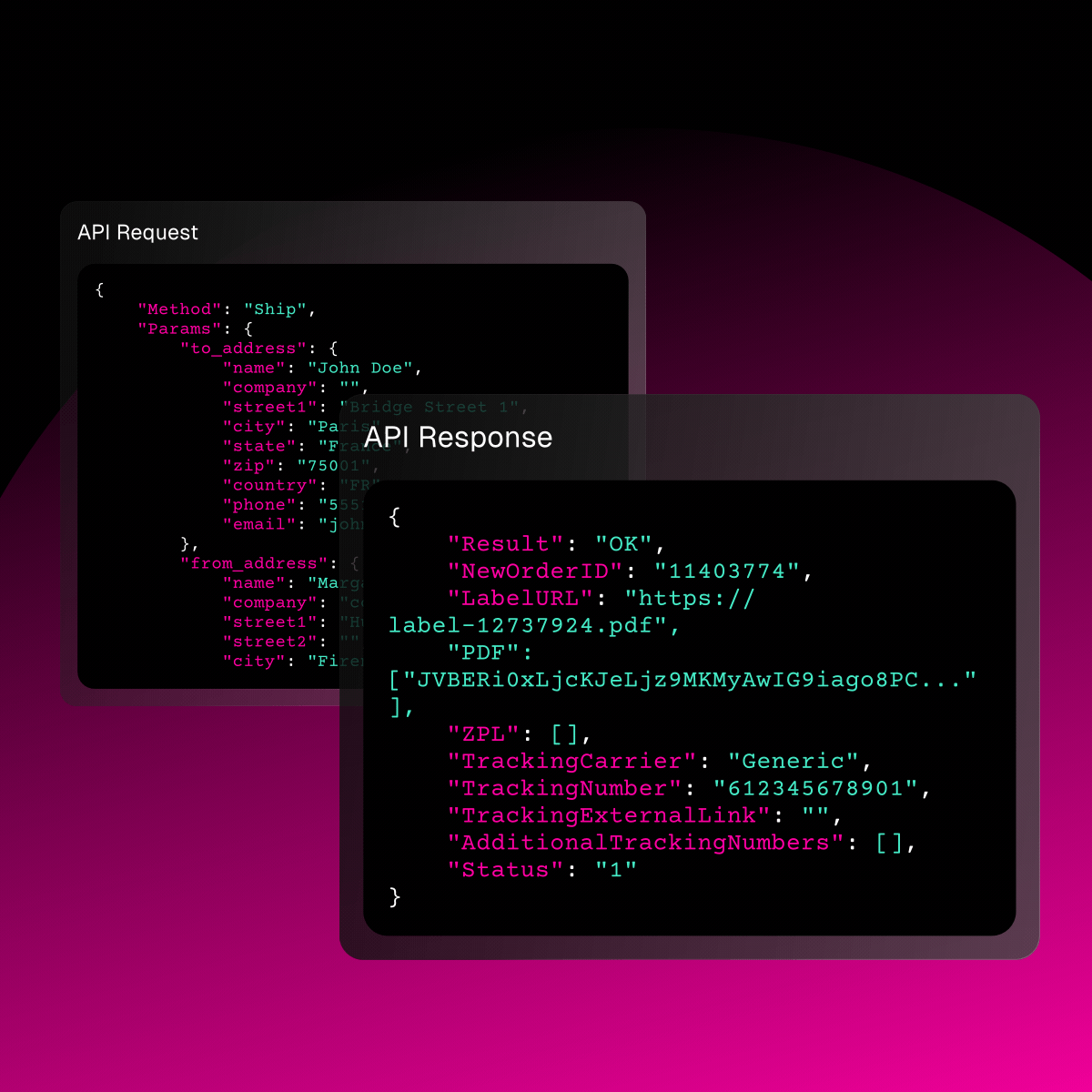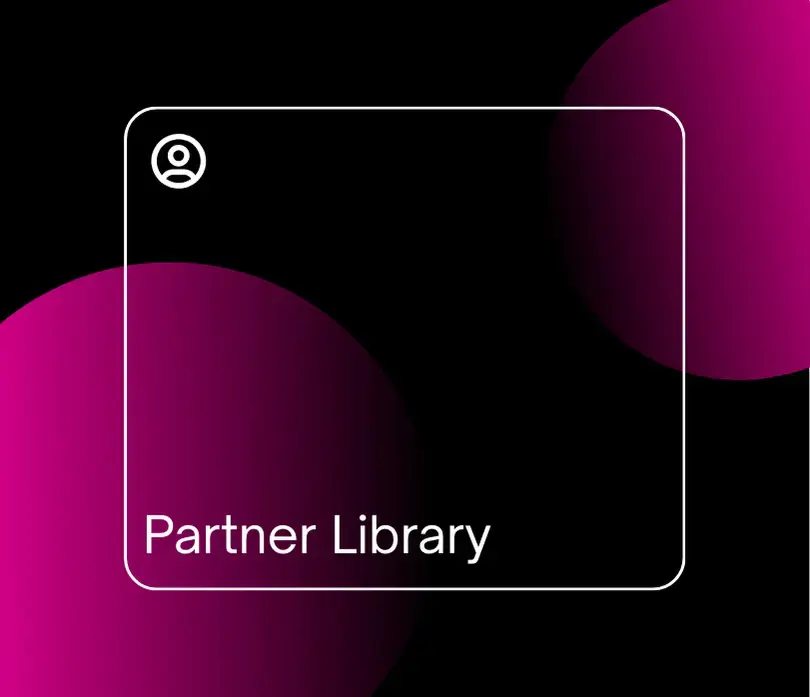Composable commerce: what is it, benefits, and the best platforms

Composable commerce is an innovative approach that offers companies the chance to design and develop customised and flexible ecommerce platforms that quickly adapt to market and customer needs.
Through the combination of different independent modules and the intensive use of APIs, this system allows you to reach unprecedented levels of adaptability, improving the customer experience and the company's ecommerce management.
Let's see what composable commerce is and how this system works, as well as the factors that make it one of the most recent and innovative developments in the ecommerce sector.
What is composable commerce: definition and examples
Composable commerce is an approach to the development of an ecommerce platform that bases its architecture on the assembly of modular components.
These are pre-existing software components that when combined and connected via APIs (Application Programming Interfaces), facilitate the creation of ecommerce platforms tailored to business needs.

What is composable commerce: some examples
Composable commerce is, as the name suggests, an ecommerce that can be assembled using the best software components for online stores available on the market to create a personalised store.
To get a clearer idea of this architecture, think of prefabricated buildings used in construction, which are increasingly popular today.
What was once built directly on site can now be purchased separately, prefabricated, and ready for integration into the existing building structure.
With composable commerce the approach is the same. Companies can separately purchase services and technologies offered by different providers, such as payment systems, search engines, catalogue management systems, logistics, etc. and integrate these modules within their ecommerce. The APIs then have the fundamental role of connecting all these components.
Assume you are the owner of a fashion ecommerce site, here is how the store could be structured:
- catalogue management module, including product details such as images, descriptions, sizes, colours, prices, etc.
- order processing and cart management module for processing and modifying orders, payments and viewing the cart.
- online payments, a secure online payment form, which allows customers to use credit cards, PayPal or other payment options.
- variant management module to manage product variants (sizes, colours, etc.), and allow customers to select the options that best suit their needs.
- reviews and feedback module to allow customers to leave product reviews.
- promotions and discount codes to create special promotions and discount codes to attract and incentivize customers.
- shipment management and tracking, a module capable of taking care of the logistics and shipping of orders. For example, ShippyPro allows you to calculate shipping costs, generate labels with the Label Creator service, track shipments with the Track & Trace service, etc.
- social media integration module to allow customers to share products on social media and increase brand visibility.
- analytics and performance monitoring, a component dedicated to collecting data on customer behaviour, sales and performance.
- customer account management module that enables account creation, personal information management and order history tracking.
- customer support module via chatbot that provides customer support by answering questions in real time.
Features and advantages of composable commerce
Composable commerce represents a new era for ecommerce and offers companies unprecedented customization and flexibility. Let's see what the main characteristics of this innovative approach to programming are and its most important advantages.

Characteristics of composable commerce
One of the main features of this architecture consists, as we have seen, in modularity, i.e., the use of distinct modules that manage a specific service, to be combined and integrated with each other according to different needs. Another fundamental aspect is the use of APIs, which connect the different modules.
This type of architecture is structured using 4 components identified with the acronym M.A.C.H. - Microservices, API-First, Cloud-Native, Headless. Let's find out about them in depth.
- Microservices. These are software solutions developed using independent code. Each micro service manages a specific functionality or capability and communicates with the others via API, thus becoming an application. This approach makes applications scalable and facilitates their maintenance.
- API-First. They are used to allow communication between the different components of the system, improving interoperability between devices and applications.
- Cloud-Native. It is an application development methodology that takes full advantage of the potential offered by the cloud, making applications scalable and the release of new versions faster.
- Headless. Headless commerce is based on an architecture where the front end, - i.e. the user interface-, is separated from the back end, - i.e. the system that manages the ecommerce functionalities -, and they communicate with each other via API. This approach allows for greater flexibility in front end design and the ability to customise the user experience.

Advantages of composable commerce
The need for a flexible and an easily modifiable structure can lead to the adoption of solutions that are complex, difficult to manage and, above all, expensive. Composable commerce has revolutionised this scenario, becoming in a certain sense the evolution of headless commerce. Let's see the various advantages that this new architecture brings.
- Customization. Companies can select, customise, and integrate modules based on their own needs and those of their customers, creating unique solutions.
- Flexibility. Connected to the previous point is the ease with which companies can integrate specific modules by quickly adapting them to the ecommerce platform.
- Scalability. You can add or remove modules based on company growth or market changes, avoiding costly updates of the entire system.
- Cost reduction. The use of pre-configured modules reduces the TCO (Total Cost of Ownership), in other words software development and implementation costs.
- Simplified management. Having different modules simplifies the management and maintenance of the platform.
- Advanced analytics. Data collected from separate modules enables more detailed analysis of customer behaviour and performance.
All these characteristics ultimately translate into greater customer orientation who will have an even more personalised shopping experience.
Composable commerce vs headless commerce
Composable commerce is a relatively young trend. This way of conceiving software architecture began to spread a few years ago, between 2020 and 2021, in response to the growing need for companies to flexibly adapt to market and customer needs.
The demand for highly personalised online shopping experiences has contributed to its spread, thus becoming an evolution of headless commerce.
In fact, while the latter focuses mainly on the separation between front end and back end, allowing greater flexibility in the design of the user interface, composable commerce goes even further, offering a more complete approach to the customization of ecommerce platforms.
We could therefore say that composable commerce is a structure adopted by modern brands for modern commerce. Brands that stay ahead of the curve know how important it is to improve performance, expand into new markets, become more responsive to market changes, and provide a more seamless customer journey.
Let's see what the main differences are between these two distinct approaches.
| Composable Commerce | Headless Commerce |
| Isolation: separation between the front end and back end that can be customised independently | Modular: companies can select and integrate specific modules to create a personalised platform |
| Integration: easy integration with different devices and channels, such as mobile apps and social media | Flexible: in the choice of components |
| Complexity: integration between front and back end may be more complex, compared to a traditional monolithic architecture | Composable: companies can combine modules to create a customised architecture |
| Interconnected: uses APIs for communication between front and back end | Simple: management of the platform is simplified |
| Interconnected: uses APIs to enable communication between modules |
Composable commerce platforms: the best softwares
Gartner Research is a multinational company that deals with strategic consultancy and analysis in the field of information technology.
In 2023 it developed the report where it lists the 18 best platforms for online commerce. Four of these (Adobe, Commercetools, Salesforce and SAP) are positioned within the Magic Quadrant, a tool that classifies the main players in a given sector, dividing them into leaders, visionaries, niche operators and challengers.
There are therefore several valid platforms on the market, and the choice depends on the specific needs of the company. Here is a list of some of them.
- Commercetools. Featured in Gartner Research's Magic Quadrant, it is one of the most popular ecommerce platforms in the world, offering a wide range of modular services and APIs to create highly personalised shopping experiences.
- VTex. A platform with a significant presence in the ecommerce ecosystem and offers functionalities for a composable commerce approach for both B2B and B2C.
- BigCommerce. Although originally built as a complete ecommerce platform, today it offers headless options that can be used in a composable approach, allowing front end customization and integration with external services.
- Salesforce. It is a well-known software and cloud services company that offers a wide range of solutions, including Salesforce Commerce Cloud, an ecommerce platform that can be considered in the context of composable commerce.
- Elastic Path. A composable commerce platform that offers a range of modular services for greater customization and flexibility in ecommerce.
ShippyPro as a shipping module for composable commerce

Nowadays, technology in general and logistics management technologies in particular are increasingly advanced.
As we have seen, ShippyPro can also be considered as a shipping module within a composable commerce architecture.
As a provider of tools designed to simplify and optimise logistics processes, ShippyPro can be integrated with other components of a composable platform.
Here are the main services that can be implemented through ShippyPro:
- calculation of shipping costs with the comparing couriers service;
- generation of labels with the Label Creator service;
- shipment tracking with the Track & Trace system;
- Returns management through the Easy Return service;
- shipment analysis and reporting.
Composable commerce: conclusions
In this article we have seen what composable commerce is, how it works and which software you can use to integrate this method into your business.
Today, companies are increasingly prioritising customer loyalty, which is significantly influenced by a smooth and efficient purchasing experience. Furthermore, advanced tools like these streamline all ecommerce maintenance and expansion processes.
Composable commerce therefore represents the last frontier of technological innovation that allows every company to improve its business, creating tailor-made ecommerce and offering more growth opportunities.
FAQs
What is composable commerce?
Composable commerce is an approach to the development of an ecommerce platform that bases its architecture on the assembly of pre-existing modular components. These are combined with each other and connected through the use of APIs (Application Programming Interfaces), enabling the creation of tailor-made ecommerce platforms based on unique business needs.
Passionate freelance copywriter, with a niche in ecommerce and logistics. When collaborating with ShippyPro, she loves writing about trends, marketing and communication strategies to help brands gain an edge in an ever-evolving digital landscape.






.webp)



.webp)
